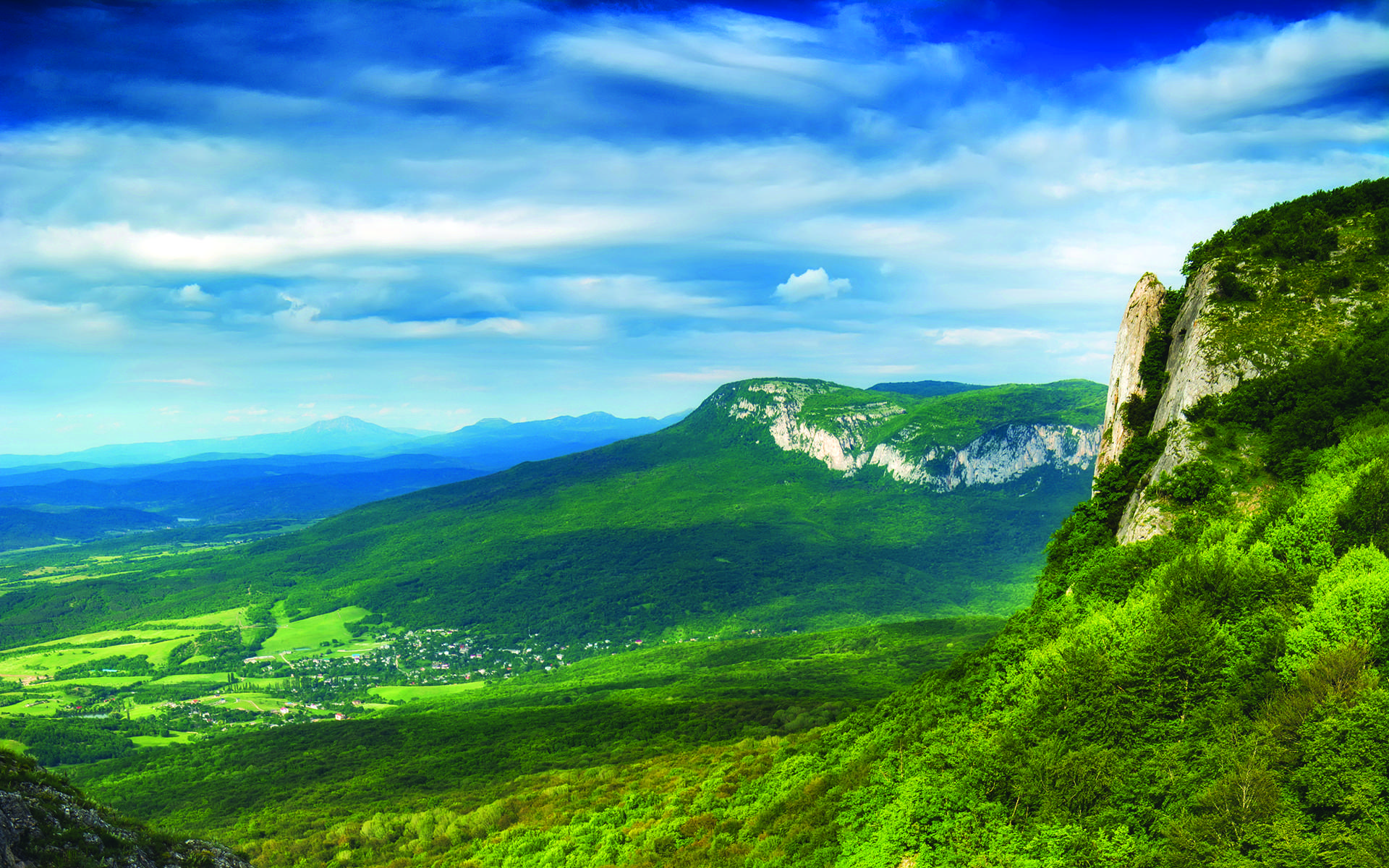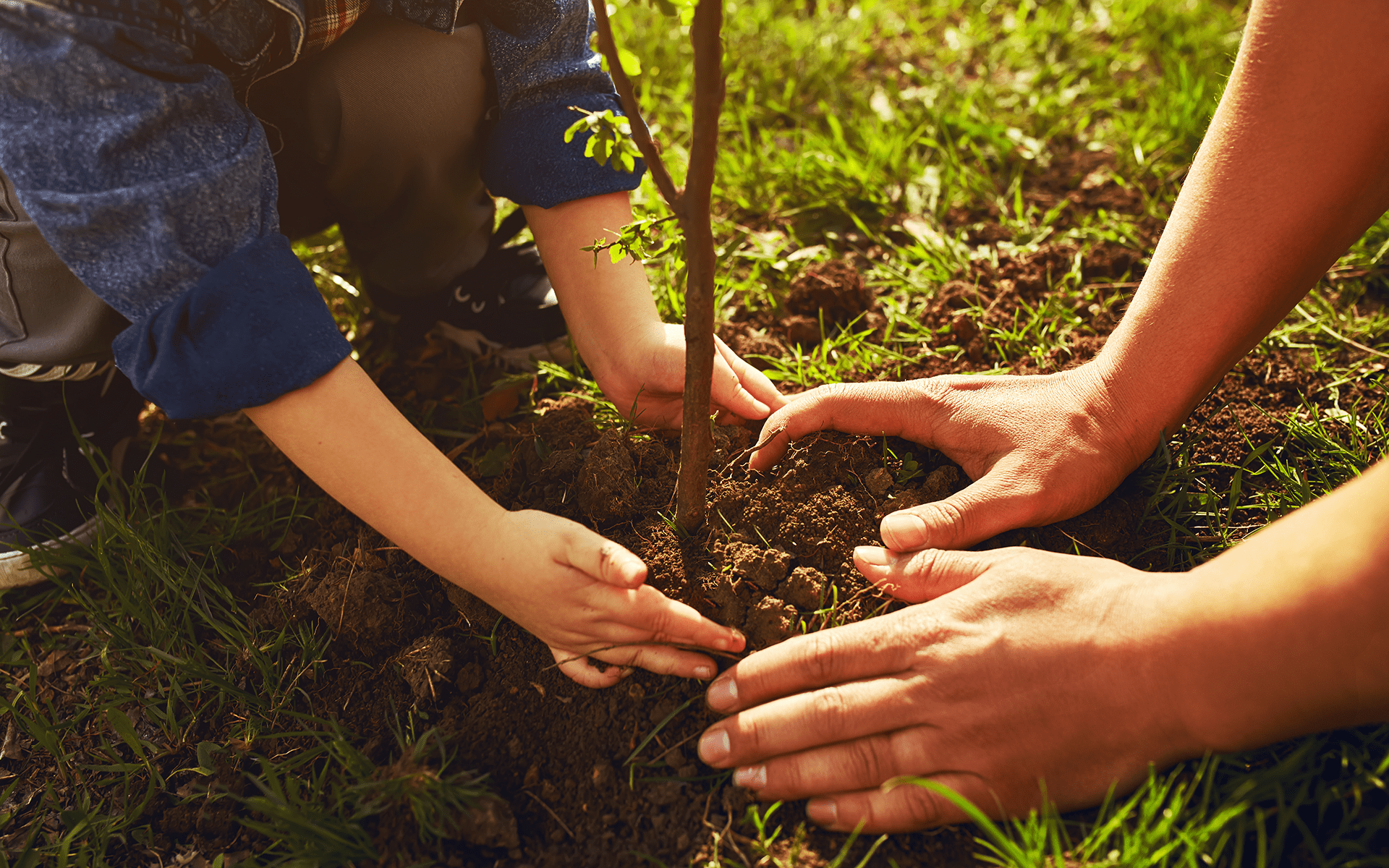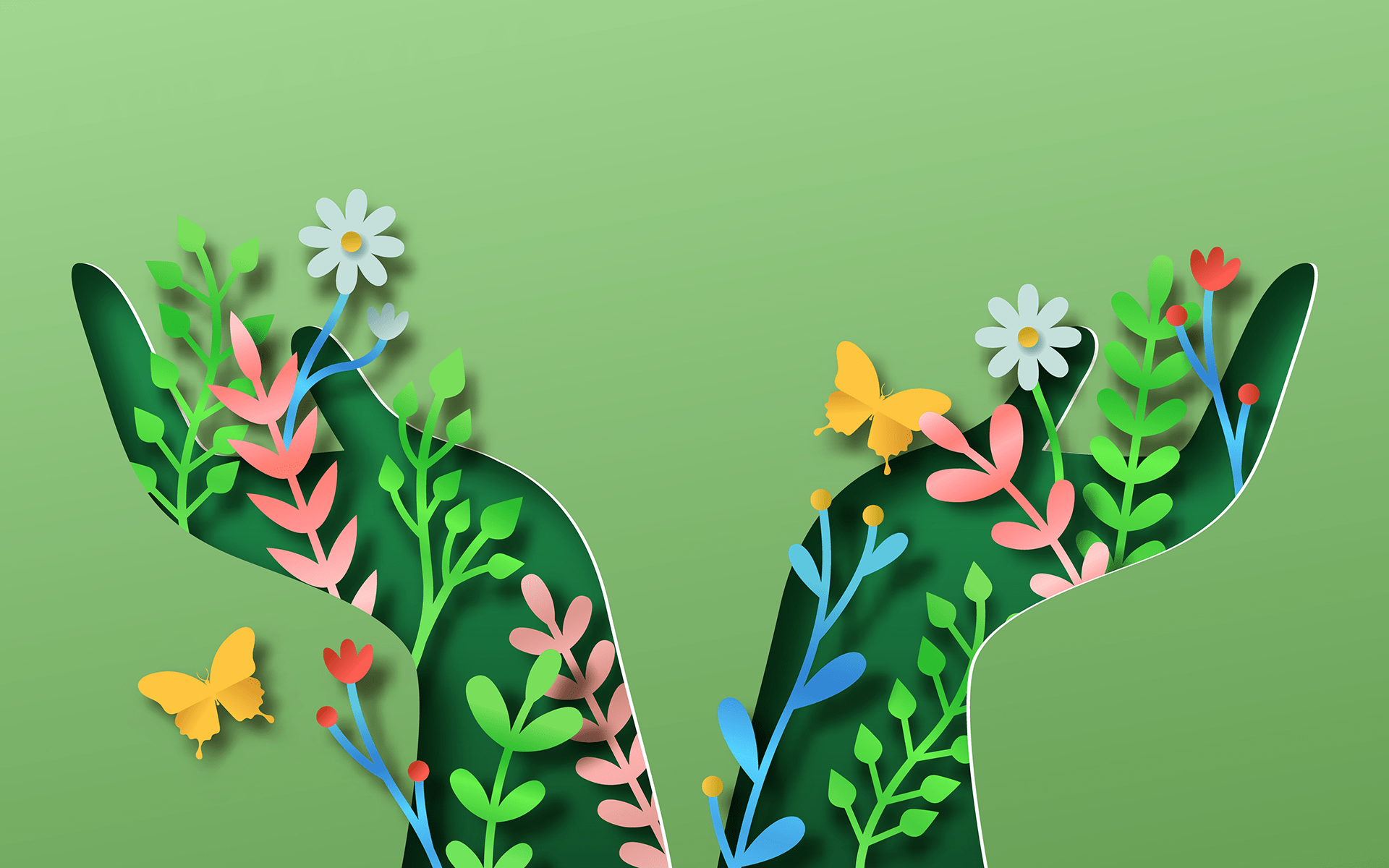Nature is always changing, evolving, letting go, surrendering, adapting, dying—revealing to us how it is to be alive.
These are beautiful lessons. If we are present in our lives, we can awaken to our own true nature and experience being more fully alive.
Think of a time recently when you were touched by an experience of being with nature. Maybe you noticed the bud on a flower just about ready to burst into bloom, or the stillness and solidity of a tree you stood next to, or the gentle flow of water. As you connect to and learn to become fully present to these experiences, you can begin to feel that you, too, can experience a sense of innate well-being. The potential to bloom and open, the solidity and fluidity you perceive in nature are all present within, for you to connect with and experience.
By calling these qualities to our attention, nature supports our intention to be present. It allures our attention and invites us to be with this moment as it is. The heart of mindfulness practice is establishing a clear and kind relationship with what is here in this moment, skillfully responding to and engaging with life.
Traditional mindfulness practice is intended to support the development of awareness through specific meditations that emphasize cultivating awareness of the breath, the senses, the body, mind, and heart, and openness to all things. Students are often encouraged to explore these practices indoors, in a group setting. For some people (especially those who have experienced trauma), this learning format can be challenging, requiring more effort and giving rise to feelings of being stuck or unsafe. Practicing mindfulness in the support and community of nature can alleviate some of these difficulties.
Practicing mindfulness in nature also allows us to practice mindfulness with nature. Learning to experience awareness of the breath, the senses, the body, the mind, and the heart in a natural setting gives us greater access to our inner experiences. We are likely to feel more naturally present and curious about our inner landscape when we are supported by a natural landscape. Nature herself provides the container for a mindfulness practice that reduces the need to try or “do” and instead helps us to sense and receive what is arising and present within and around us. (I refer to nature as feminine because I experience her as a divine presence. You may choose to replace nature with another word or concept that resonates with you.)
We know that being in nature can slow the heart rate, reduce levels of stress hormones, and help our brains to orient to calm and natural alertness, all of which are conducive to the practice of mindfulness.
Mindfulness practice can be both formal and informal. For formal practice, you designate a specific period of time to meditate, during which you may sit, move, walk, stand still, or lie down to focus your attention in a particular way. To develop your informal practice of mindfulness, you bring mindful awareness to activities throughout the day, such as eating, drinking, showering, dressing, cooking, talking, driving, texting, and sending email.
Nature supports both formal and informal mindfulness. Beautiful outdoor settings can help us sustain and extend a formal mindfulness practice. Nature also draws us in with its colors, textures, and scents: We tend to be more present in an activity when we can feel the texture of leaves, smell the flowers, and appreciate the fine details as well as the vastness of nature. Awareness of nature supports our informal practice of mindfulness, teaching us to be present in our day-to-day lives.
Mindfulness in nature gives us the opportunity to awaken to what is within us as well as around us, to heal and live skillfully.
By practicing mindfulness in nature, we begin to feel more fully alive and embodied—at home in the body. Many of us also often intrinsically feel at home in nature, and this sense of ease can help us learn to be present in all aspects of our life. As this sense of embodiment grows, we develop an increased ability to be kindly present to all that is arising in our inner landscape—in our sensations, body, mind, and heart—as well as in the external landscape, responding to what is happening as it unfolds. Mindfulness in nature gives us the opportunity to awaken to what is within us as well as around us, to heal and live skillfully.
If you have a history of unhealed trauma, it can affect your physical, mental, emotional, behavioral, and relational experiences. Feelings of being disembodied and disconnected may impede your ability to make wise decisions. By practicing mindfulness in nature, you awaken your inner sense of safety, well-being, and connection. You can learn to step out of patterns of reactivity and into patterns of healing, wholeness, and healthy living.
6 Ways Nature Boosts Our Mental and Emotional Health
The average American spent 4.2 hours per day using mobile devices alone, plus another three hours per day watching TV, according to data collected between 2019 and 2021. Meanwhile, as of 2019, nearly half of the US population didn’t take part in outdoor activities even once that year. This disengagement from the natural world is associated with increased rates of obesity, diabetes, and heart disease, among other problems. At the same time, interest is growing in the ways nature can restore our health and well-being. Research has shown that nature can improve vision, memory, and concentration; restore mental energy; relieve stress; reduce inflammation; sharpen thinking; and expand creativity. Returning to nature can help us experience ourselves and others more deeply and enjoy renewed feelings of health and wholeness. Florence Williams, in her book The Nature Fix, reports the following findings from research into the benefits of nature for humans:
- After five minutes in a forest surrounded by trees, the heart rate slows, facial muscles relax, and the prefrontal cortex quiets.
- Water and birdsong improve mood and alertness.
- Spending 15 minutes in nature can reduce levels of the stress hormone cortisol.
- Spending time in natural landscapes increases alpha waves in the brain, which are associated with calm and alertness.
- Spending an hour and a half in nature reduces rumination and helps us to be less preoccupied with problems.
- Spending two hours (120 minutes) per week in nature can make us happier and boost overall health and well-being.
Mindfulness Practices for Tuning in to Nature
A 12-Minute Meditation on Abundance in Nature
By reflecting on a time when we felt connected to nature’s abundance and beauty, we allow our heart to open through loving-kindness.
Read More
A 12-Minute Nature Meditation for Being in the Moment
Notice the ebb and flow of sounds in nature as you become present with the whole range of sounds you’re experiencing.
Read More
read more
What Nature Teaches Us About Well-Being
What can we learn from nature as a teacher? The natural world and its processes mirror the flexibility, creativity, and resilience that’s already within us, just waiting to unfurl.
Read More
6 Ways to Engage Kids and Teens in Mindful Walking
Mindfulness teacher and author Chris Willard offers some out-of-the-box ways to introduce mindfulness to youth.
Read More
Nature-Based Mindfulness Practices for Families
Connect with nature no matter where you find yourself using simple practices from the SoBe Mindful method, created by mindfulness teacher and author Scott Rogers.
Read More








